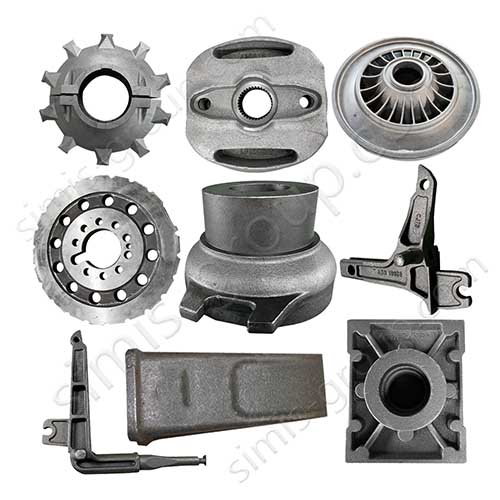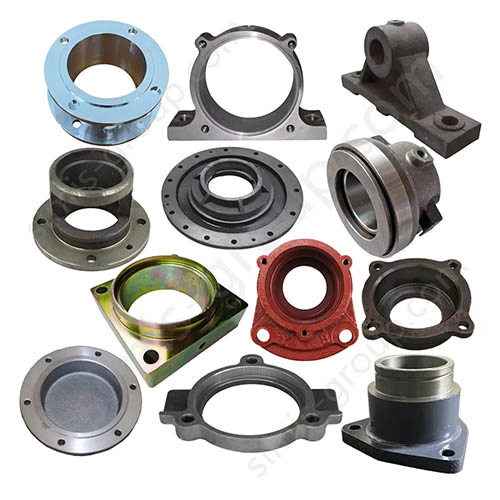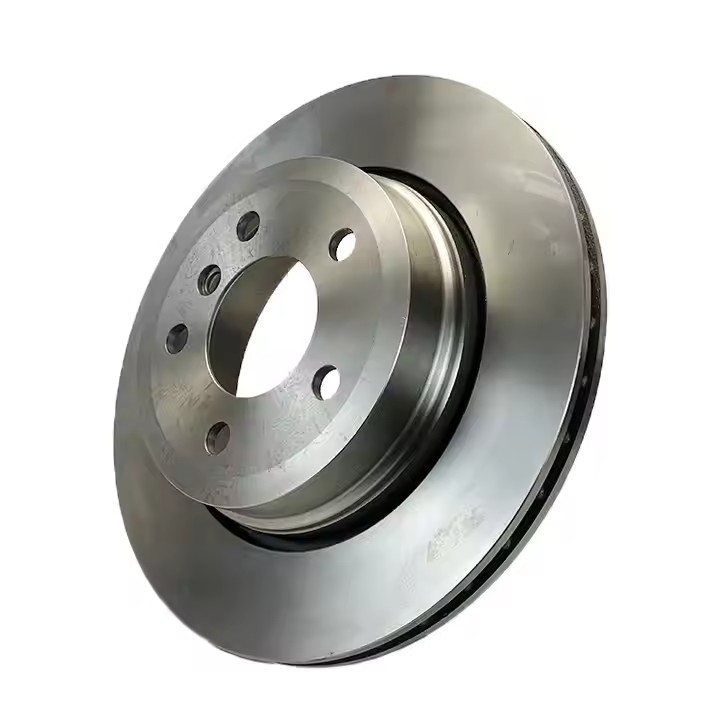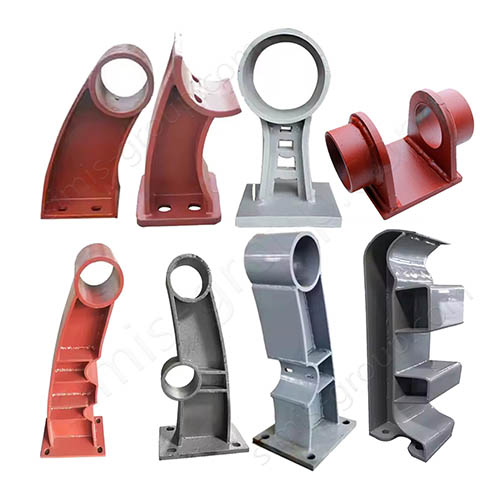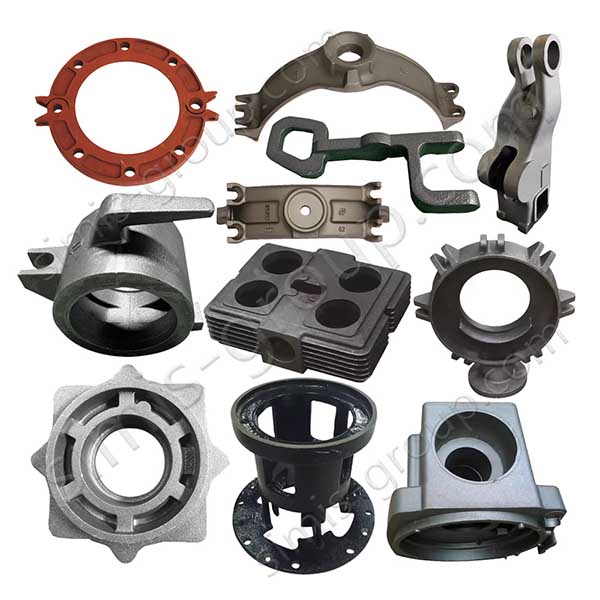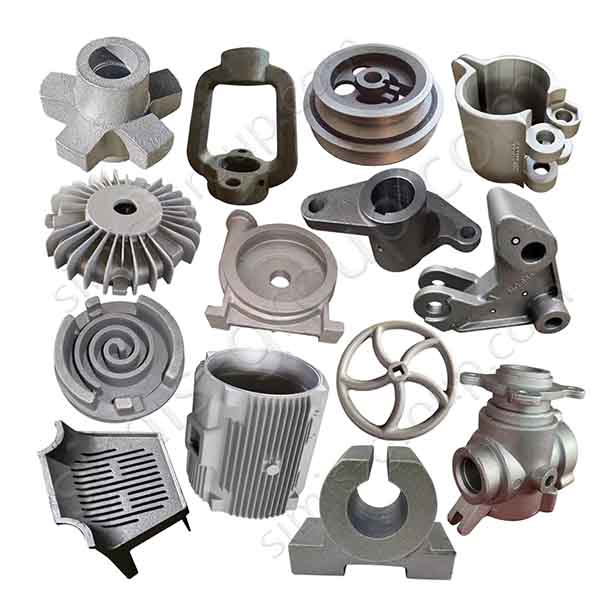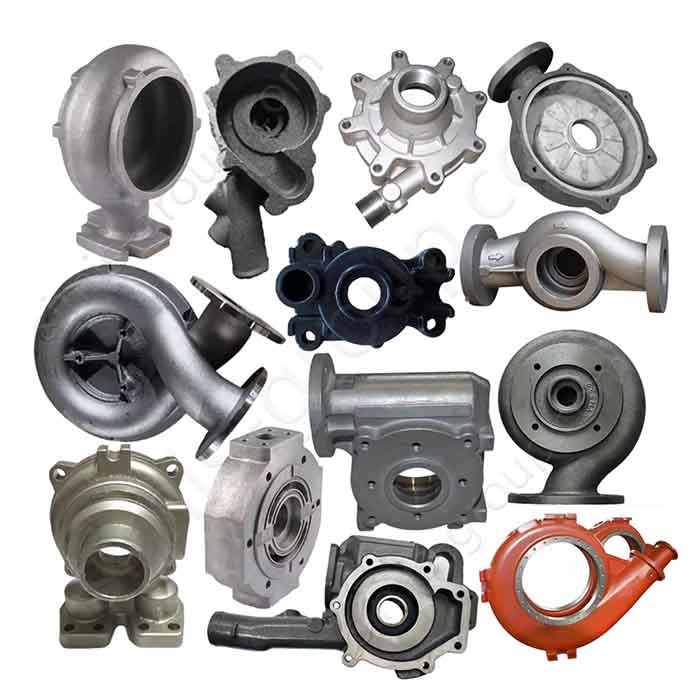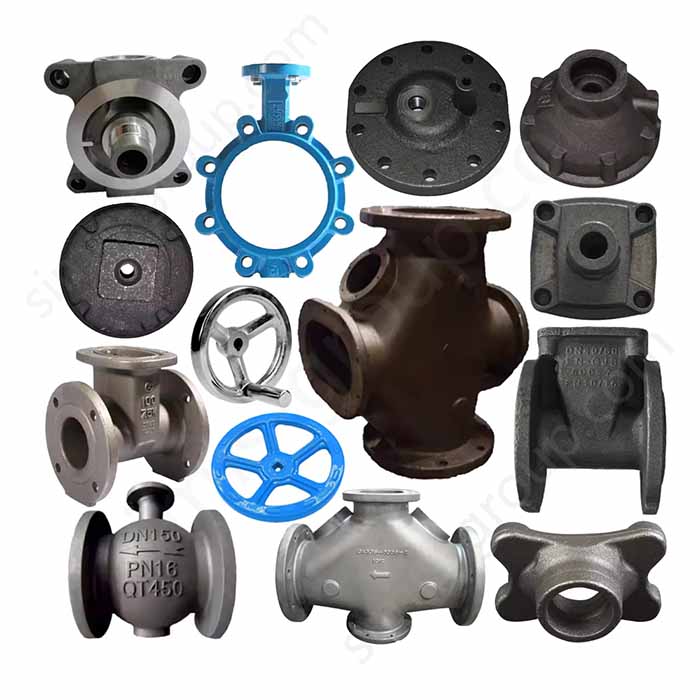Can cast iron be heat treated?
1. Question: Does cast iron need heat treatment?
There has long been a misconception in the engineering community: "Cast iron can be used as cast, no heat treatment is required." In fact, all types of cast iron (gray cast iron, ductile iron, vermicular cast iron, etc.) can be significantly improved in performance through heat treatment, but there are essential differences in the degree of heat treatment requirements for different cast irons:
Mandatory heat treatment:
Ductile cast iron (such as QT400-18) must be annealed to obtain a ferrite matrix
Austempered ductile iron (ADI) requires austenitization + salt bath quenching
Selective heat treatment:
Gray cast iron stress relief annealing (not necessary but highly recommended)
Quenching and strengthening of alloy cast iron (such as Ni-Cr cast iron)
Prohibited heat treatment:
Ordinary thin-walled gray cast iron parts should avoid quenching (easy to crack)
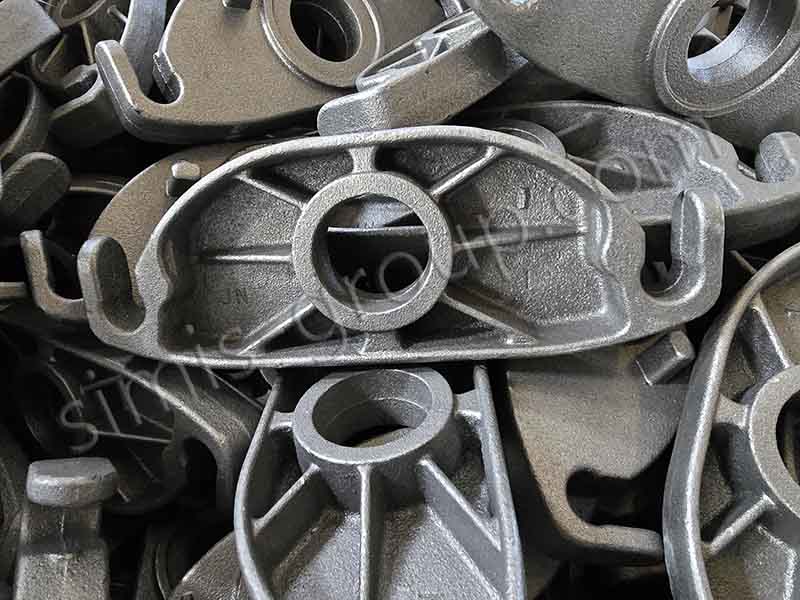
2. Five core functions of cast iron heat treatment
2.1 Eliminate casting stress (common to all cast irons)
Data support: The residual stress generated when the casting cools can reach 200-300MPa, and more than 90% can be eliminated by annealing at 550℃×1h
Typical case: If the machine tool bed is not subjected to stress relief annealing, the guide rail deformation can reach 0.3mm/m after 6 months of use
2.2 Regulate the matrix structure (key performance determining factor)
| Heat treatment process | Matrix structure change | Hardness change (HB) |
| Ferrite annealing | Pearlite→Ferrite | Reduce 80-120 |
| Normalizing | Ferrite→Pearlite | Increase 50-80 |
| Quenching+tempering | Generate martensite/bainite | Increase 200-400 |
2.3 Improve graphite morphology (special process)
Through high-temperature graphitization annealing (900-950℃), cementite can be decomposed into flocculent graphite, improving the machinability of cast iron.
2.4 Surface strengthening
Laser quenching can form a ledeburite layer on the surface of gray cast iron with a hardness of 600-800HV (3 times higher than the matrix).
2.5 Restore service performance
The cylinder block of the internal combustion engine can be regenerated by 500℃×4h heat treatment to repair the structural deterioration caused by high-temperature service.
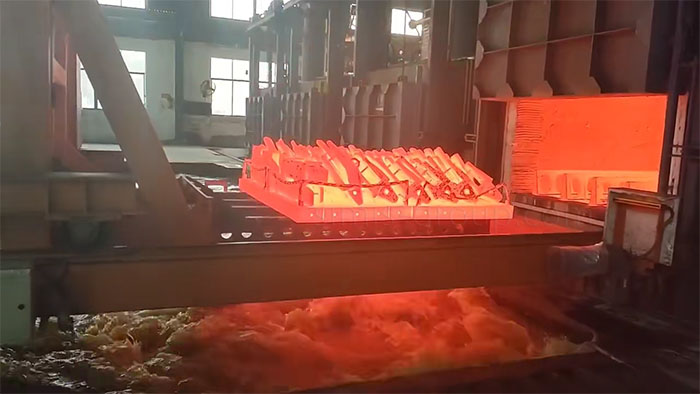
3. Heat treatment technology routes for different cast irons
3.1 Ductile iron heat treatment system
·Annealing process (taking QT400-18 as an example):
Two-stage annealing: 920℃×2h (decomposition of cementite) → 720℃×4h (ferritization)
·Isothermal quenching (production of ADI):
Austenitization (900℃×1.5h) → salt bath quenching (250-350℃×2h) → obtain ausferrite
3.2 Typical treatment of gray cast iron
·Stress relief annealing:
Heating rate ≤80℃/h, 550℃×(1+wall thickness (mm)/25)h
·Surface quenching:
Induction quenching frequency selection:
·High frequency (200-300kHz) for tooth surface hardening
·Medium frequency (1-10kHz) for guide rail strengthening
3.3 Special cast iron treatment
High chromium cast iron (Cr26) needs to be air quenched at 1050℃ + tempered at 450℃ to obtain a martensitic matrix.
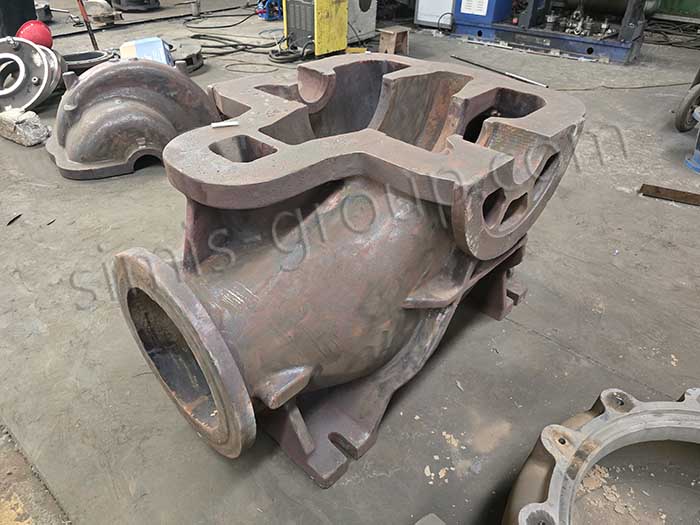
4. Key points for heat treatment process window control
4.1 Temperature sensitive range
·Danger zone (300-400℃): Cast iron has the lowest plasticity and passes through this range quickly
·Graphitization zone (700-950℃): Control time to prevent excessive oxidation
4.2 Cooling method selection
| Cooling medium | Applicable scenario | Cooling rate (℃/s) |
| Air cooling | High Si ductile iron annealing | 0.5-2 |
| Oil quenching | Alloy cast iron quenching | 50-100 |
| Nitrate bath | Isothermal quenching | 20-30 |
4.3 Equipment selection principles
·Box furnace: suitable for small batches of complex parts (temperature difference needs to be controlled within ±15℃)
·Continuous furnace: large batch processing of automotive castings (furnace spacing ≥50mm)
5. Typical misunderstandings in engineering applications
Misunderstanding 1: "Heat treatment will destroy the graphite structure"
Fact: The graphite morphology is determined at the time of solidification, and conventional heat treatment does not change the graphite shape (unless ultra-high temperature treatment)
Misunderstanding 2: "Stress relief annealing can be shortened at will"
Consequence: A hydraulic valve body still has 0.1mm deformation after finishing due to insufficient annealing time
Misunderstanding 3: "All cast irons can be quenched"
Risk: The quenching cracking rate of ordinary gray cast iron is greater than 70%, and it must be pre-alloyed (such as adding 0.5% Mo)
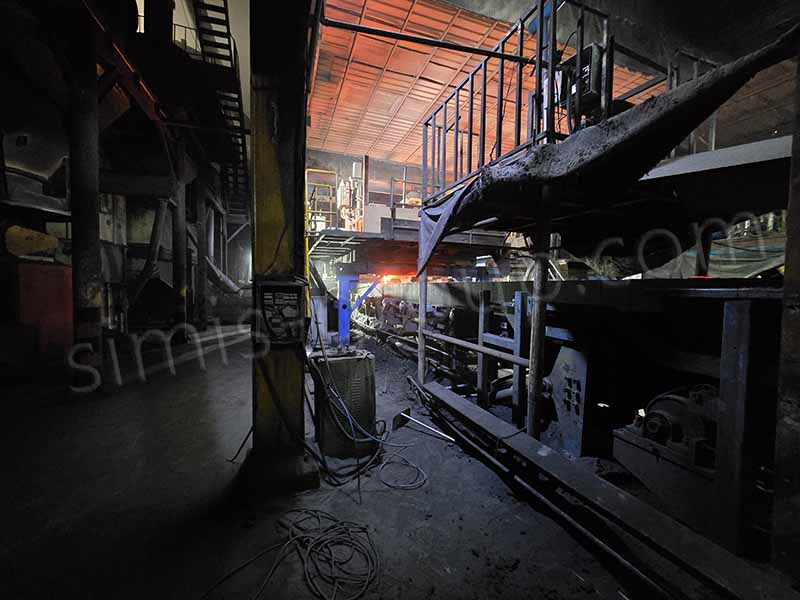
6. Frontier development trends
Digital heat treatment:
The intelligent furnace temperature control system based on the Internet of Things (such as ABB Ability™) can reduce the energy consumption of heat treatment by 15%
Composite process:
Laser cladding + heat treatment integrated technology is used for remanufacturing of cast iron parts
Environmental protection technology:
Vacuum heat treatment replaces traditional gas protection (reducing nitrogen consumption by 90%)
Conclusion
Cast iron not only needs heat treatment, but also "precision heat treatment". Modern cast iron heat treatment has evolved from a simple stress relief method to a systematic engineering for regulating material properties. Mastering the matching relationship between cast iron phase transformation law and process window is the key technical path to achieve high-value application of iron castings.


